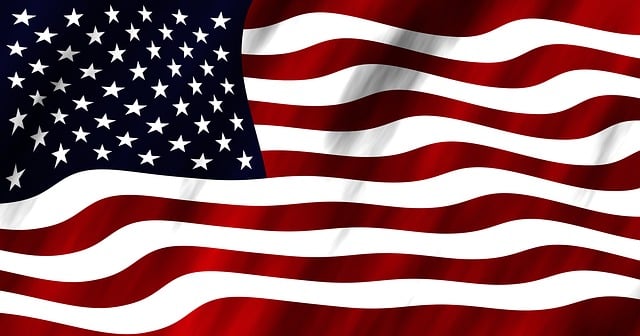The American Eagle and its association with the flag serve as powerful national symbols, deeply ingrained in US history and values. Representing strength, freedom, and patriotism, these icons are integral to military ceremonies, fostering unity among service members. Their global recognition enhances national events, evoking pride and a shared sense of identity. With historical roots in ritualistic cultures, the eagle's symbolism continues to evolve, incorporating contemporary themes while maintaining its impact on citizens and communities worldwide.
The American Eagle, a symbol of strength and freedom, has long been a powerful representation of national identity. This article explores the significance of the eagle as a national icon, its role in military traditions, and its unique visual appeal in flag design. We delve into the historical use of eagles in military ceremonies and discuss how these symbols enhance national events. Additionally, we look ahead to future trends, considering how evolving representations of the American Eagle and flag can continue to capture the spirit of a nation.
- The Symbolism of the American Eagle: A National Icon
- Military Tradition and its Visual Representation
- Flag Design: Uniquely American
- Enhancing National Events with Eagle and Flag Themes
- Historical Use of Eagles in Military Ceremonies
- Future Trends: Evolving Symbols for Modern Times
The Symbolism of the American Eagle: A National Icon
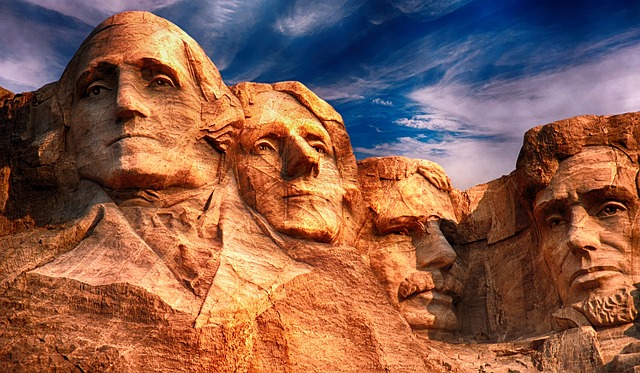
The American Eagle holds immense symbolism, standing as a powerful national icon that represents strength, freedom, and pride. This majestic bird is intricately tied to the nation’s history and values, making it a prominent feature in military and national events. Its graceful yet commanding presence on the flag serves as a universal symbol of the United States.
The eagle’s symbolism goes beyond its physical attributes; it embodies the spirit of a nation built on ideals of liberty and justice. As a symbol of courage and vigilance, the American Eagle inspires a sense of unity and patriotism among its citizens. Its portrayal in various ceremonies and celebrations reinforces the country’s core values and fosters a shared sense of identity, making it an indispensable element in honoring national and military occasions.
Military Tradition and its Visual Representation
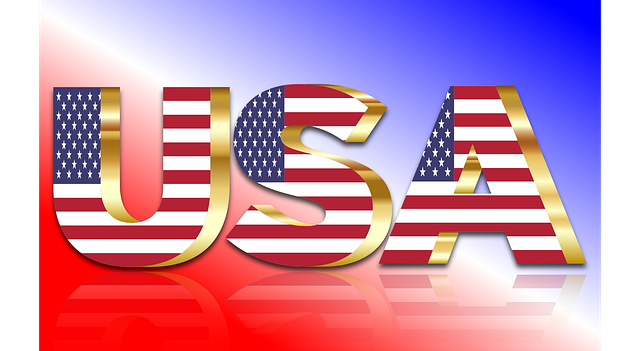
Military tradition, deeply rooted in American history, has long been a source of pride and inspiration for its people. This rich heritage is often celebrated through powerful visual symbols that evoke a sense of unity and strength. One such iconic image is the American Eagle soaring majestically against the backdrop of the national flag. This powerful representation serves as a reminder of the nation’s core values, freedom, and resilience.
The eagle, a symbol of power and sovereignty, has been a consistent motif in military regalia and ceremonies. When displayed alongside the vibrant red, white, and blue stripes of the American flag, it creates an indelible visual impact. This combination not only represents the country’s strong military tradition but also fosters a sense of patriotism and camaraderie among its service members.
Flag Design: Uniquely American
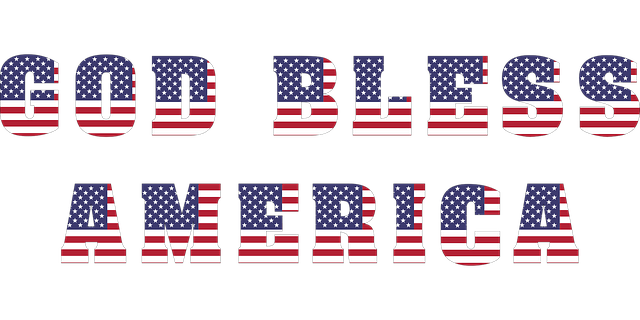
The American Eagle and flag design is a powerful symbol that perfectly embodies the spirit of national events and military gatherings. This iconic imagery, with its bold red, white, and blue hues, instantly evokes feelings of pride and patriotism. The eagle, as a revered national bird, represents strength, courage, and freedom—core values cherished by Americans. Its majestic stance, often depicted with wings outstretched, serves as a striking visual element in flag designs, capturing the essence of a free and independent nation.
The integration of these symbols into flags is a thoughtful representation of American heritage and unity. Flag designers cleverly utilize the eagle’s distinctive features—from its sharp talons to its majestic crest—to create visually appealing and meaningful compositions. This unique blend of aesthetics and symbolism makes American flag designs instantly recognizable worldwide, making them ideal for showcasing national pride during military parades and ceremonies.
Enhancing National Events with Eagle and Flag Themes
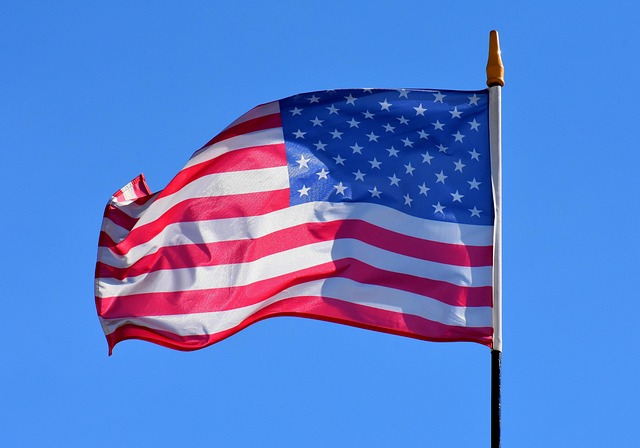
National events, whether celebrating a historic milestone or honoring military service, are powerful opportunities to unite communities under a shared sense of pride and patriotism. Incorporating themes centered around the American Eagle and flag can significantly enhance these occasions. The majestic eagle, a symbol of freedom and strength, and the bold colors of the flag evoke feelings of national identity and unity.
Using these iconic imagery in decorations, displays, and even as a backdrop for speakers or performers, creates an immersive experience that engages attendees on both an emotional and symbolic level. It serves to remind participants of the values and principles that have shaped the nation, fostering a sense of belonging and patriotism during the event.
Historical Use of Eagles in Military Ceremonies
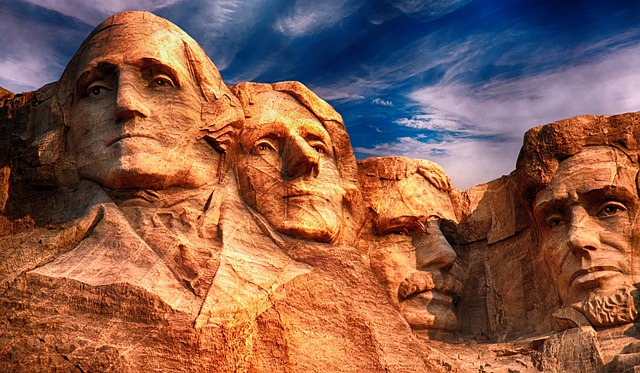
The majestic American Eagle, a powerful symbol of freedom and strength, has been an integral part of military ceremonies for centuries. Historically, eagles have played a significant role in various cultures’ rituals, representing power, courage, and sovereignty. In the context of national events, the American Eagle flag becomes a powerful visual statement, evoking feelings of pride and patriotism among citizens.
In military settings, the eagle is often featured in parades, flag-raising ceremonies, and special occasions due to its symbolic value. The bird’s association with the nation’s history and values makes it an ideal emblem for showcasing unity and strength. Whether it’s a tribute to fallen heroes or a celebration of national pride, the American Eagle serves as a captivating focal point, leaving a lasting impression on all who witness these ceremonies.
Future Trends: Evolving Symbols for Modern Times

In today’s rapidly changing world, symbols play an increasingly significant role in shaping our collective identity and values. The iconic American Eagle and flag, long-standing emblems of strength and liberty, are undergoing a subtle yet profound metamorphosis to reflect contemporary societal shifts. This evolution is particularly evident when considering their application in military and national events, where the need for inclusivity and representation is paramount.
Future trends suggest that these symbols will continue to adapt, becoming more versatile and dynamic. For instance, modern design interpretations might incorporate diverse cultural elements, honoring the rich tapestry of American heritage while also embracing global influences. As we navigate a labyrinthine world, these evolving symbols can serve as powerful tools for fostering unity and understanding. They have the potential to resonate with folks from all walks of life, transcending geographical boundaries and unifying communities in celebration of shared values and history.
